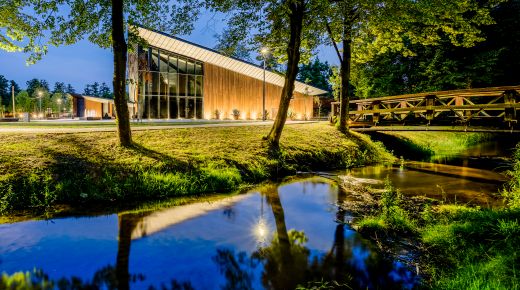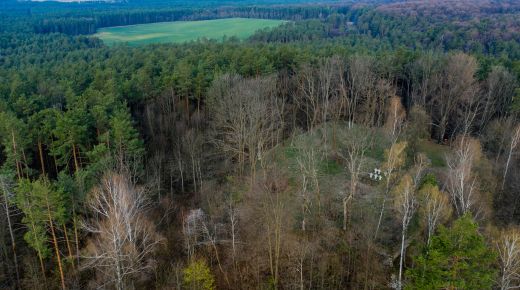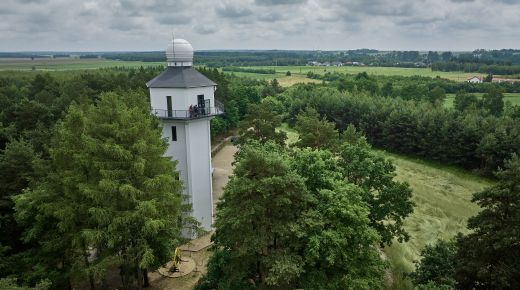The most valuable landmark in Narol is the palace built by Count Antoni Feliks Łoś in 1776–1781
The Baroque building has a horse-shoe shaped layout, making reference to the coat of arms borne by the Łoś family. The main building has rectangular shape, and is linked, via arcaded passages, with two single story pavilions. The front facade of the palace features the Łoś family’s coat of arms. The central part of the palace holds a vestibule and a ball room. The palace was once home to a theatre, as well as a school of music, drama and arts. At present it is owned by a musician, Władysław Kłosiewicz, who established Pro Academia Narolense Foundation focusing on cultural education and promotion of arts.
One of the events held here, called NAROLARTE, is a festival presenting achievements of various kinds of artists. It draws on traditions of the Narol Academy, the first school of arts in Poland, established 230 years ago. It also refers to the historical region of Galicia, and the traditions related to manorial, plebeian and religious culture.
Worth seeing:
Palace of the Łoś family, from 1776–1781
Ruins of the monastery in Werchrata
-
manor chapel of the Most Sacred Heart of Jesus, from the first half of the 1800s
-
town hall from the 1930s
-
sculpture of St. Florian from 1800
-
Uniate tserkov of the Presentation of the Blessed Virgin Mary, from the late 1800s
-
church of Nativity of Mary, from the late 1700s/early 1800s
-
shrine of St. John of Nepomuk from the 1700s
-
crosses made of Brusno stone in the cemetery
Photo: Andrzej Baran



